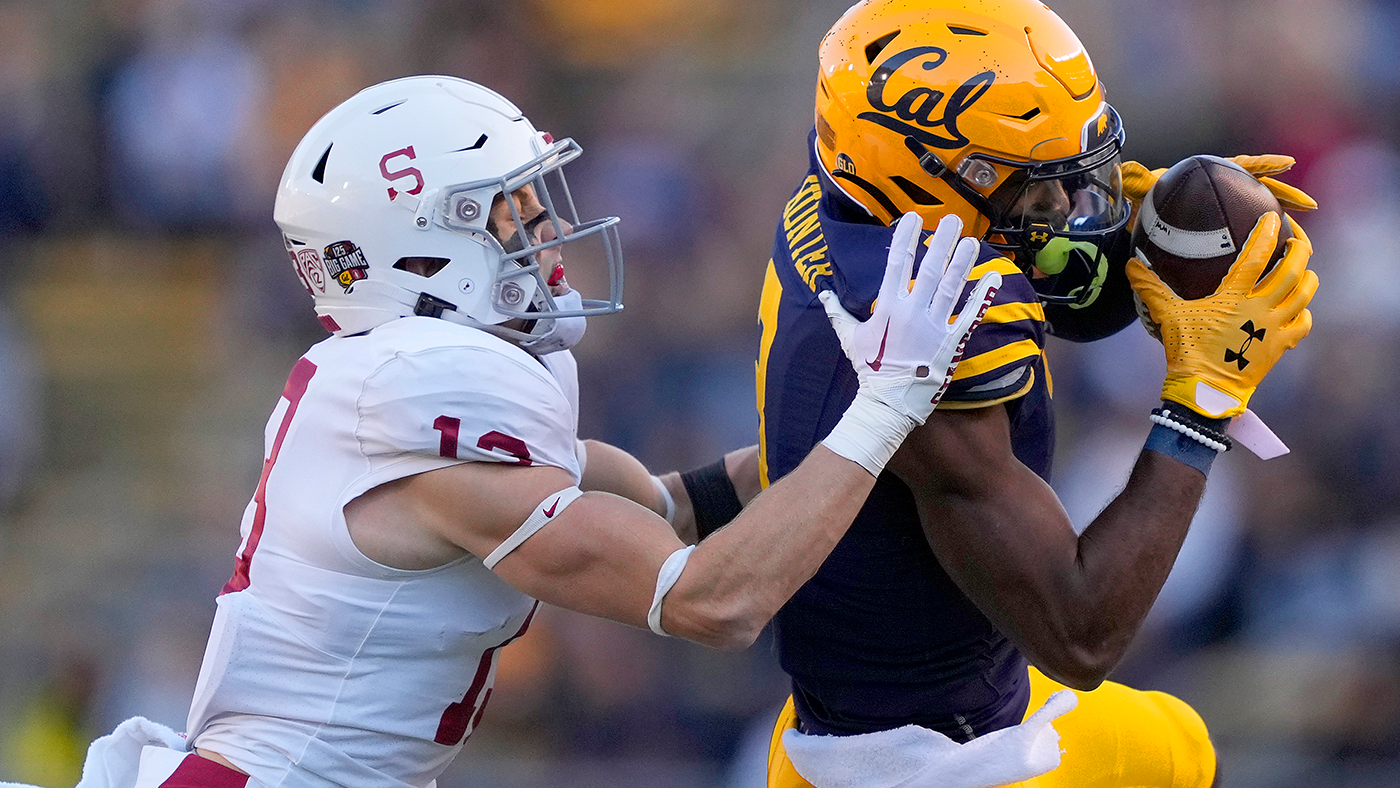
According to industry sources, California and Stanford have expressed interest in joining the ACC. However, it is unclear whether the ACC is reciprocating the interest.
The ACC athletic directors held a meeting to discuss the viability of these schools, while the ACC presidents are scheduled to meet later this week on the same subject. The extent of the discussions regarding expansion is unknown at this time. Although these talks are in the preliminary stages, recent realignment trends have shown that things can move quickly.
In addition, the University of California Board of Regents has scheduled a meeting to discuss its Pac-12 membership.
If Cal and Stanford were to move to the ACC, it would be the first significant consequence of the recent realignment moves. Sources suggest that the Big Ten did not include the Northern California programs in their expansion plans due to the Bay Area being deemed an overrated television market.
Last week, the Pac-12 suffered significant losses as Oregon and Washington joined the Big Ten, while Arizona, Arizona State, and Utah moved to the Big 12, all effective from the 2024 season. USC and UCLA had previously decided to join the Big Ten that season as well.
Why Consider the ACC?
The main question surrounding the potential addition of Cal and Stanford to the ACC is whether it would enhance the conference’s media rights contract with ESPN. The current contract only earns ACC schools $30 million per year, which is less than the Big 12 average of $31.7 million and only half of what schools in the Big Ten and SEC receive.
If bringing in the Golden Bears and Cardinal would increase the ACC’s average annual value (AAV), it remains to be seen whether it would satisfy programs like Clemson, Florida State, and Miami, who are unhappy with their current shares.
Both Cal and Stanford would fit well culturally within the ACC, as they are members of the prestigious American Association of Universities (AAU). Currently, six out of the fifteen ACC schools, including Notre Dame in all sports except football, are AAU members.
Potential Drawbacks
A move to the ACC would present significant travel challenges and increased expenses. Compared to the Big Ten, which already has West Coast teams, the shortest road trip for Cal and Stanford in the ACC would be a distance of 1,978 air miles to Louisville. It would take approximately seven hours to fly from either program to Boston College or Syracuse.
Stanford, being a private university and the top academic institution in the FBS, has explored the possibility of becoming independent. However, this would have implications for their Olympic sports, considering Stanford frequently wins the Director’s Cup, an award for the best overall athletic department. Stanford has more collegiate sports teams than any other FBS program and has won the Director’s Cup 26 times in the past 29 years.
As a private institution, Stanford is not obligated to disclose financial information about its athletic department. However, not having a home or the financial backing of a major West Coast conference could present significant challenges. Stanford initially attempted to cut 11 varsity sports during the pandemic but ultimately reversed the decision due to backlash.
Joining another power conference would benefit Stanford, even though the ACC lags behind the Big Ten and SEC in terms of media rights revenue. The move could also have a significant impact on Cal, as they have successful Olympic sports programs.
What About Oregon State and Washington State?
Cal and Stanford, along with Oregon State and Washington State, have also been mentioned as potential additions to the Mountain West and American conferences, although the former two are larger institutions in nearly every aspect.
Oregon State and Washington State were among the original members of the Pacific Coast Conference in 1915, which eventually became the Pac-12. These two programs have seemingly been left out of major college football plans for the long term. After a lackluster media rights presentation by the Pac-12, a Pac-12 president reportedly reached out to a Big 12 president and suggested that the Big 12 take all Pac-12 schools except for Oregon State and Washington State, according to Action Network.
Unfortunately, the Beavers and Cougars stand out compared to other athletic programs. They rank at the bottom in terms of financial metrics among public Pac-12 schools, according to Sportico. Their donations are more than 25% lower than the next lowest-ranking team, and they received a combined $20 million in institutional support during the 2021-22 school year. More than 40% of Oregon State’s revenue came from media rights and conference distributions last year. Moving to a non-power conference could have serious financial implications for both programs.




